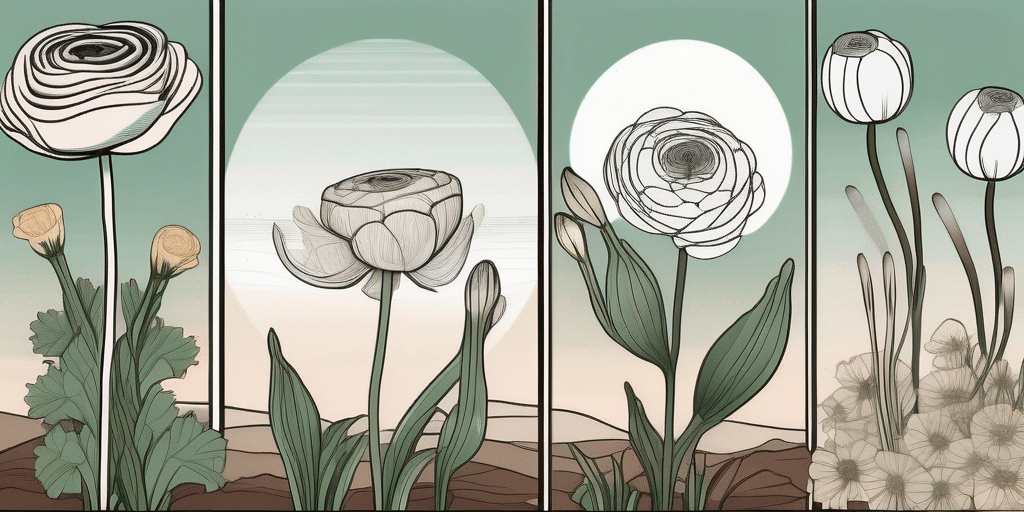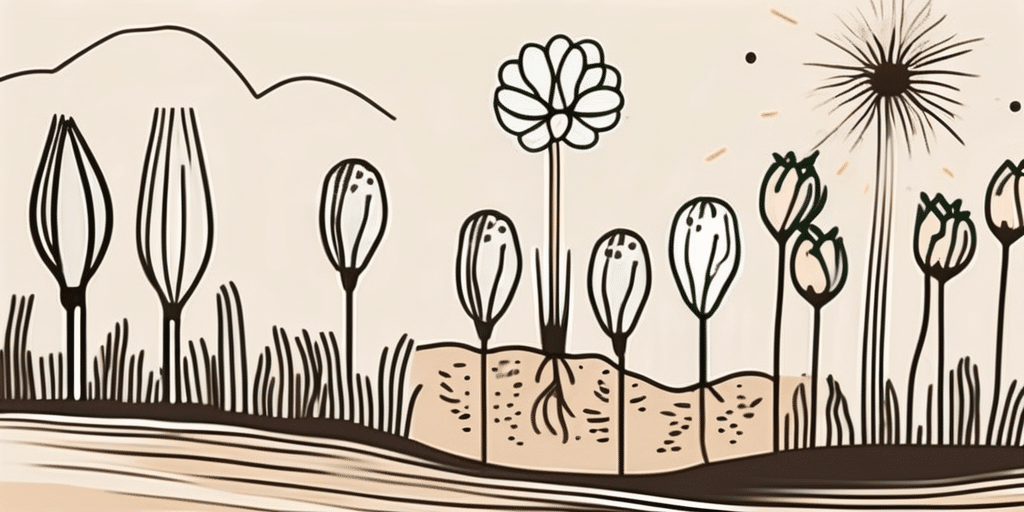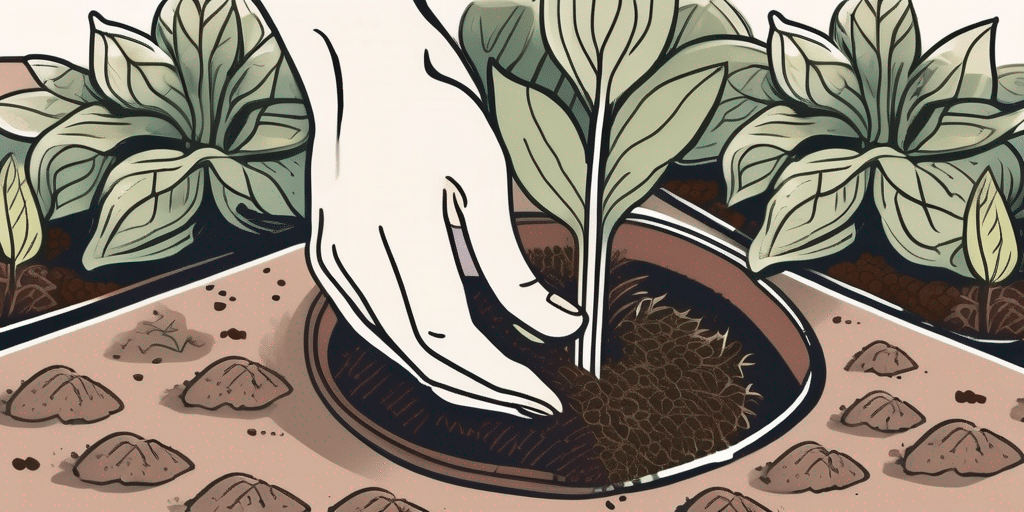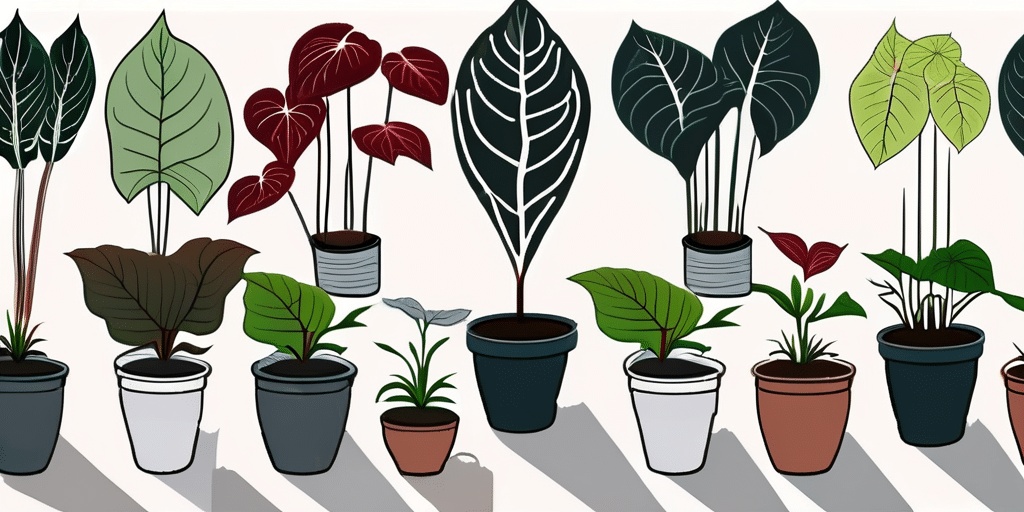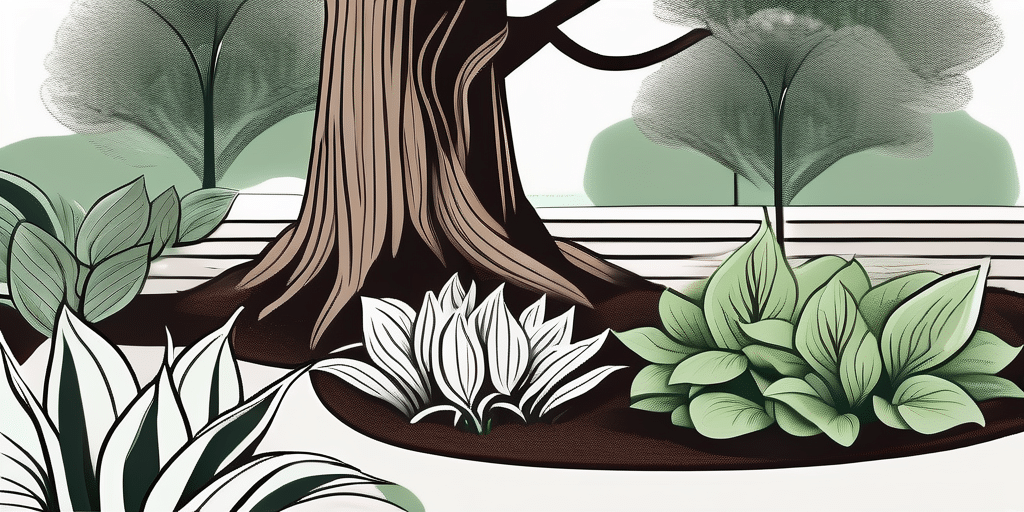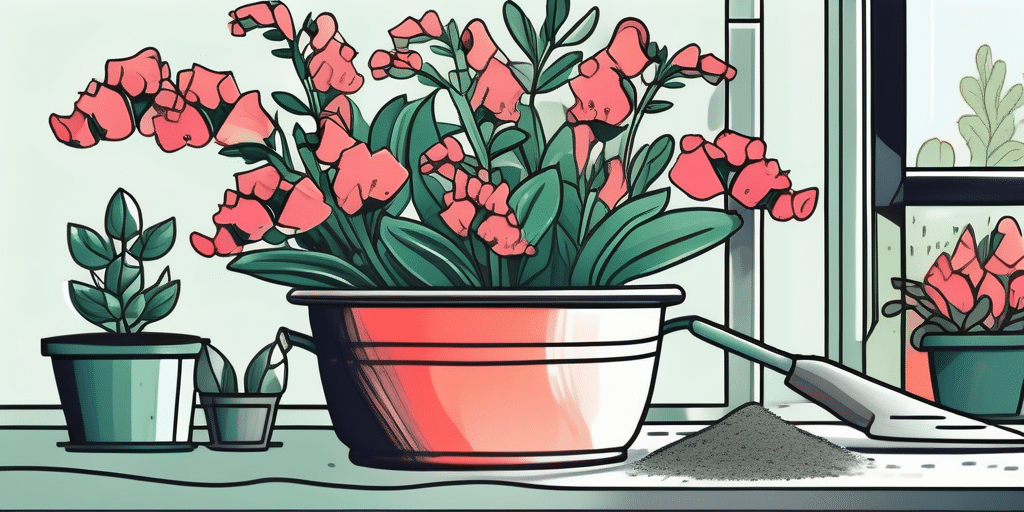Planting iris bulbs can be a rewarding experience, especially when you see the beautiful flowers bloom in your garden. This guide will walk you through the process step by step, providing expert tips and advice along the way.
Understanding Iris Bulbs
Before we dive into the planting process, it’s important to understand what iris bulbs are. Unlike many other flowers, irises actually grow from rhizomes, not bulbs. Rhizomes are thickened stems that grow horizontally, just below the soil surface.
There are over 300 species of iris, and they come in a variety of colors. The most common types are the bearded iris, which has a fuzzy “beard” on each petal, and the Siberian iris, which is a hardy variety that can withstand cold temperatures.
Choosing the Right Iris Bulbs
When choosing iris bulbs, or rather rhizomes, look for ones that are firm and free of mold or rot. The rhizomes should be about the size of a small potato. Larger rhizomes will produce more flowers, but smaller ones will still bloom.
According to the USDA, irises are hardy in zones 3-9, so choose a variety that is suitable for your climate. Bearded irises are the most popular and are hardy in zones 3-10.
How to Plant Iris Bulbs
Now that you have your iris bulbs, it’s time to get planting. Here is a step-by-step guide on how to plant iris bulbs.
- Choose a location with full sun. Irises need at least six hours of direct sunlight each day.
- Prepare the soil. Irises prefer well-draining soil. If your soil is heavy clay, you can improve drainage by adding organic matter or grit.
- Plant the bulbs. Dig a hole about four inches deep and wide enough to accommodate the rhizome. Place the rhizome in the hole with the roots facing downwards and cover with soil. The top of the rhizome should be just below the soil surface.
- Space the bulbs. Irises should be planted about one to two feet apart to allow for good air circulation and prevent disease.
- Water the bulbs. After planting, water the bulbs thoroughly. Continue to water regularly until the plants are established.
Remember, irises are summer-blooming plants, so the best time to plant them is in the fall. This allows the bulbs to establish roots before the winter, and they will bloom in the spring.
Caring for Your Iris Plants
Once your iris bulbs are planted, they will need some care to thrive. Here are some tips for caring for your iris plants.
- Watering: Irises need regular watering, especially during dry spells. However, be careful not to overwater as this can cause the rhizomes to rot.
- Fertilizing: Apply a balanced fertilizer in the early spring and again after blooming to promote healthy growth and flowering.
- Pruning: After the iris has bloomed, cut back the flower stalks to the base of the plant. Leave the leaves intact as they provide energy for the plant.
- Dividing: Every three to five years, divide the iris clumps to prevent overcrowding. The best time to do this is in the late summer or early fall.
With proper care, your iris plants can provide you with many years of beautiful blooms. Remember, gardening is a labor of love, so take your time and enjoy the process.
Common Problems and Solutions
Like all plants, irises can be susceptible to certain problems. Here are some common issues and how to deal with them.
Pests
The most common pests that affect irises are iris borers, aphids, and slugs. Iris borers are caterpillars that bore into the rhizomes and can cause significant damage. Aphids suck the sap from the plants, and slugs eat the leaves.
To control these pests, keep your garden clean and free of debris. Use insecticidal soap or a strong jet of water to dislodge aphids. For slugs, you can use slug bait or traps.
Diseases
Irises can also be affected by fungal diseases such as root rot and leaf spot. These diseases can cause yellowing leaves, stunted growth, and in severe cases, death of the plant.
To prevent these diseases, ensure your irises are planted in well-draining soil and are not overcrowded. If you notice any signs of disease, remove and dispose of the affected plants immediately.
By understanding how to plant iris bulbs and how to care for them, you can enjoy the beauty of these flowers in your garden. Happy gardening!
Join Our Green-Thumbed Community!
Ready to cultivate the garden of your dreams and watch your irises flourish? Subscribe for free to How to Grow Everything and gain access to personalized gardening advice tailored to your local grow zone, experience level, and interests. We’re here to help you grow everything from irises to entire landscapes, with expert tips, special offers, and the best gardening deals delivered straight to your inbox. Become part of our family and start building your dream garden today!
